One of the main reasons why local and foreign tourists visit Butuan in the southern part of the Philippines is to see a glimpse of the rich history of the country. And one of the best places to see such historical collections is at the Butuan Museum, also known as the National Museum.
The Butuan Museum was established following the inadvertent detection of archaeological materials by the City Engineering Office of Butuan City in 1974 while draining the water confined inside a man-made river system. Subsequent excavations conducted by the National Museum, yielded remarkable archaeological finds of collectors’ value. The most noteworthy find were the primeval Balanghai or Butuan boats that date from 4th to 13th centuries A.D., just five kilometers from the city proper. The Butuan Museum, also known as the National Museum, conducted a scientific research, sending its archaeologists and researchers at Ambangan, Libertad.
The establishment of the museum was made possible through the support of the Butuan Museum Foundation, Inc., which was controlled to support the National Museum maintain and safeguard the rich cultural heritage of the region. Ferdinand E. Marcos, the country’s President during that time, authorized the release of four units of Marcos-type school buildings while the city government donated a two-hectare lot, to realize the construction of the building. After 19 months, the official inauguration finally took place on August 30, 1978.
Near the entrance gate of the Butuan Museum Complex, one can instantly see a “Balanghai” model made from bamboo near the Pasan tree, a clustering climbing and branching rattan specie reaching a stem length of more than 100-meters long used for manufacturing rattan furniture sets, picture frames, fish traps, etc.
Before one enters the main building of the Butuan Museum, one will notice the “Sundial” which was unveiled by then President Fidel V. Ramos on September 11, 1993. It is a project of the United Architects of the Philippines (UAP), Butuan Chapter and sponsored by Davies Paints. The “Sundial” will serve as a testimony of the efforts made by the architects in Butuan who designed the modification of the school prefab components into the present museum building.
There are two main kinds of collections inside the Butuan Museum, these are the Archeology and Ethnology.
Ethnographic materials from the Higaonon, Tiruray, Mamanua and Bukidnon ethnolinguistic groups include musical instruments, agricultural tools, baskets, textiles, and personal adornments. Coffins that contain 14th –15th century materials of pottery shards and human skulls can be found in the Archealogy area. Other excavated materials such as whetstones, mortar, adze and tablet, wooden paddles, ceramic wares, body ornaments and implements made of gold, silver, lead, copper and bronze can also be found inside the National Museum.
The highlights of the exhibit includes “Pakhal na habol”, a traditional hand woven abaca used by the Higaonon as a sleeping blanket. It has vertical stripes of alternating color combination of dark brown and beige. The brown color is dye while beige is the natural color of abaca.
The Ivory Seal (replica) approximately from the 10th century A.D. is carved from animal tusk. The design was written in ancient Javanese script and was translated by a paleographer as But-wan. It was used to identify the place of origin of goods or communications.
The Golden Tara of Agusan (replica) is the image identified to be of Indian origin. The specimen was recovered from the left bank of Wawa River, after a storm and flood in 1917. This discovery corroborates the early Indo-Philippine Contact. The Agusan Image, with an Indian imprint, is a Buddhist image of the Sailendra period of Sri-Vijaya history (900-950 A.D.). The sculpture belongs to the Indo-Buddhist-Javanese art of this period. The original 21-carat gold figurine is presently kept at the gem room of the Chicago Field Museum of Natural History in U.S.A. A larger replica of the Golden Tara of Agusan can be found 200-meters northeast of the National Museum, near Balanghai Hotel and Convention Center.
Another highlight is the “Laksoy”, a popular local wine that is extracted from the sap of the nipa palm and is stored in a pottery vessel (banga) for at least two days to ferment. Longer fermentation will turn the wine into vinegar.
The mission of the Butuan Museum is “Heritage Preservation and Enhancement of the Environment through Awareness in History and Culture.”
There are regular exhibits held inside the National Museum. When we were there, an Art Festival named Panagtabo was held there – in time for the Balanghay Festival celebrated in the whole month of May. It showcased the works of art of the 14 different artists in the region.
The National Museum is open from Mondays to Fridays from 9:00 am to 4:00 pm. Saturdays, Sundays and holidays can be arranged by appointment. Entrance to the National Museum is free. It is located in Doongan, Butuan near the Butuan City Hall.
The Museum is located 8 kilometers or about 25 minutes away from Butuan’s Bancasi Airport. Buses ply from Cagayan de Oro to Butuan (180 kilometers, 4 hours) and Davao to Butuan (220 kilometers, 6 hours). Most ships dock at the port of Nasipit, 18 kilometers west of Butuan City.
For more information about Butuan National Museum you can contact the ASBMD, National Museum Central Office at telephone number +63 85 527-4192.
This page is last updated on
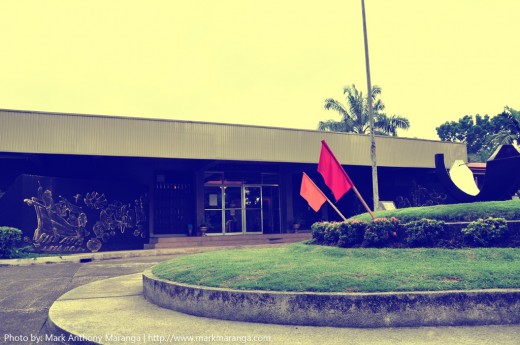
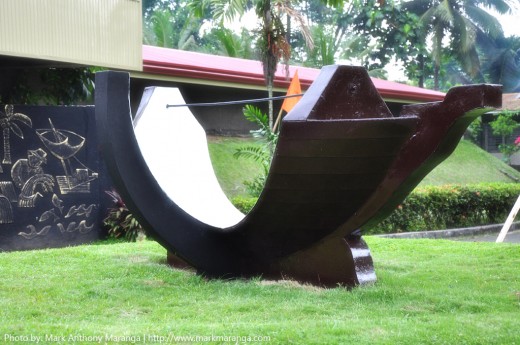
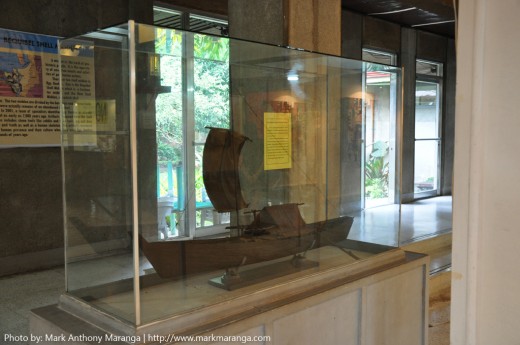
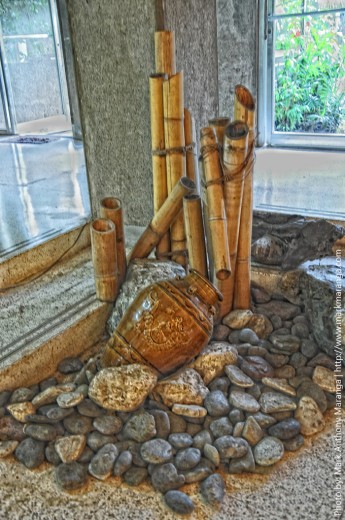
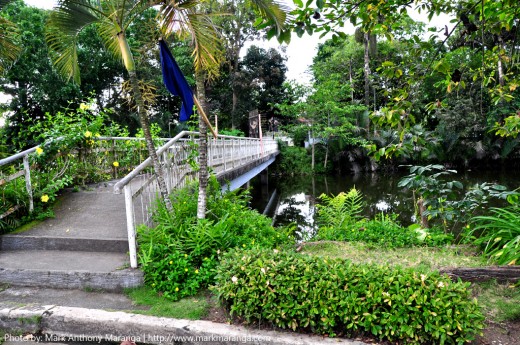
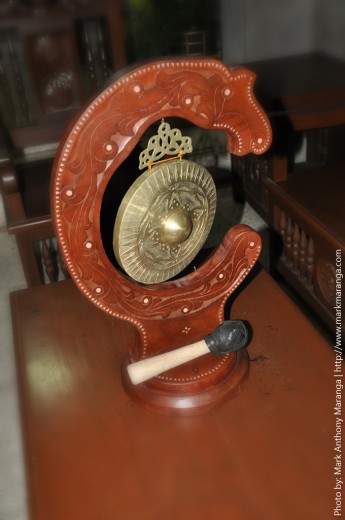
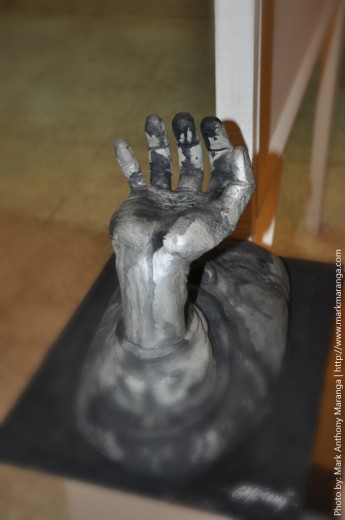
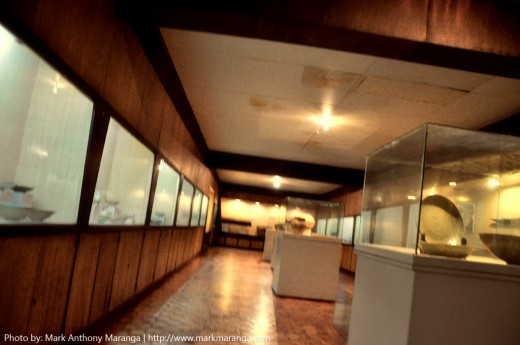
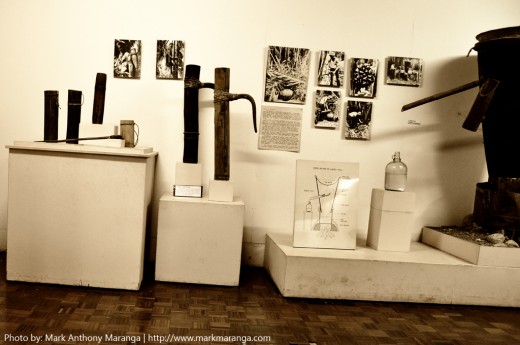
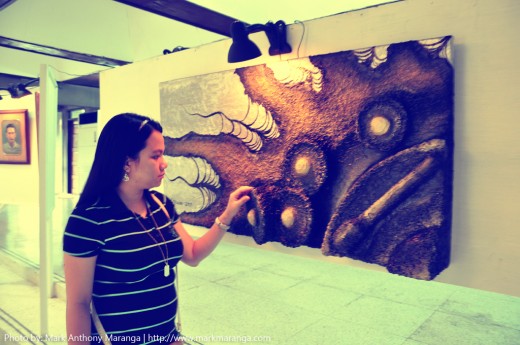
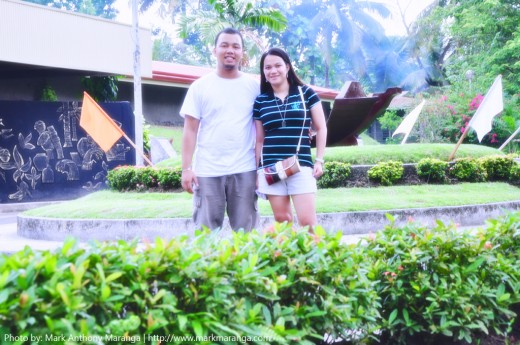
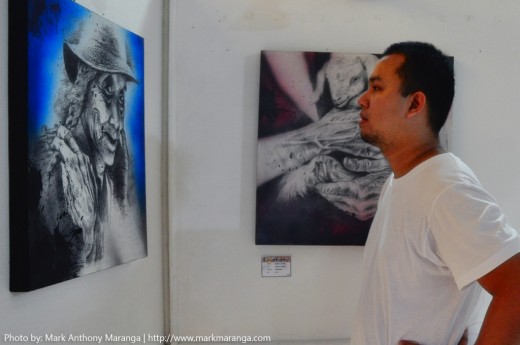
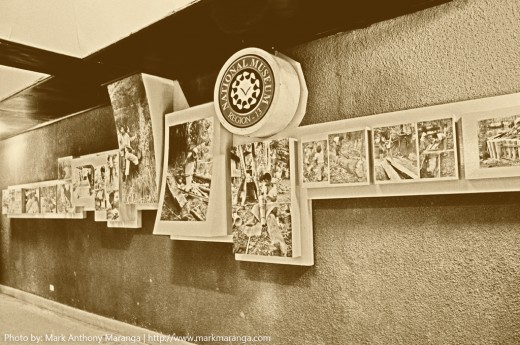
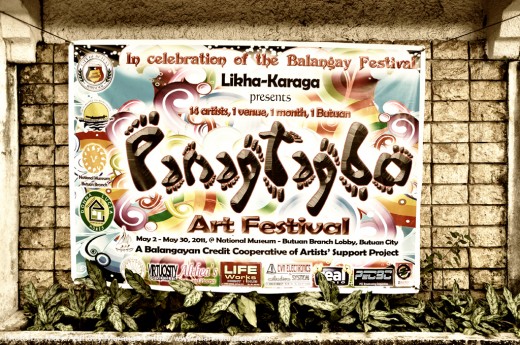
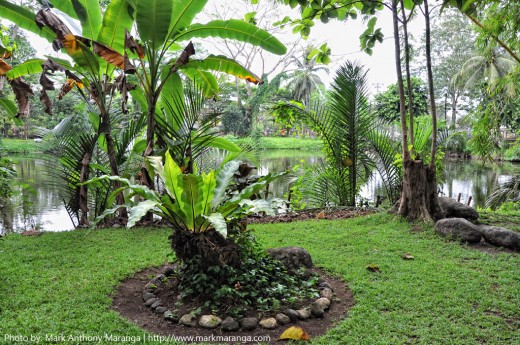
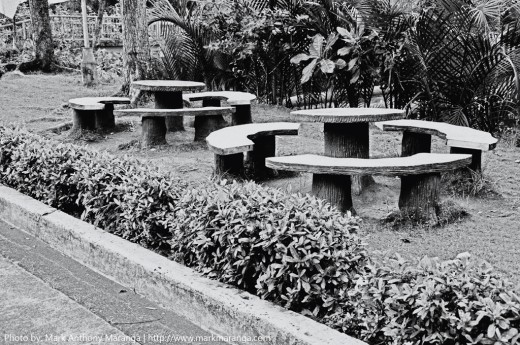
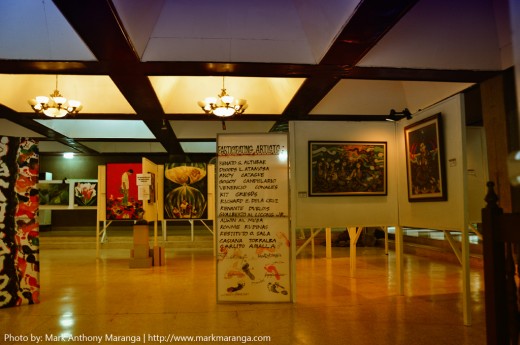
 Mark Anthony Maranga is an Educator-Parent to his 3 Homeschooling Kids. He sells
Mark Anthony Maranga is an Educator-Parent to his 3 Homeschooling Kids. He sells 










